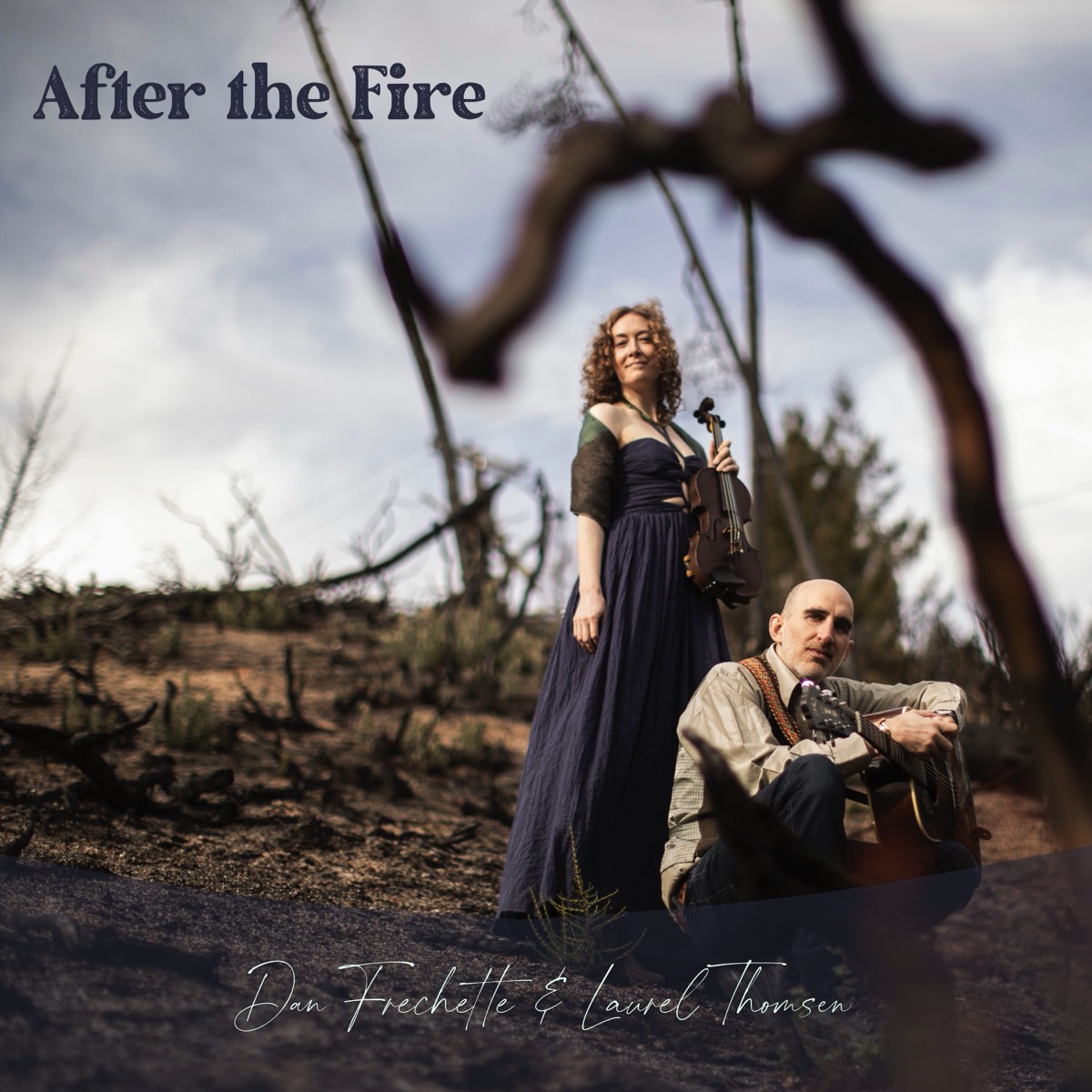Viral YouTube covers of pop music performed on the violin, viola, and/or cello, and artists such as Vanessa-Mae, Mark Wood, Lindsey Stirling, and Taylor Davis, have popularized the electric violin and the violin in general over the past two decades, inspiring many students to wonder whether they should consider specializing in playing the electric violin. If the end goal is to perform non-Classical covers, rock out in a band, improvise, and explore electronic effects, many wonder if it still make sense to learn Classical technique on an acoustic instrument? How different might technique on an electric be? Is one or the other type of violin more difficult to play?
I wouldn’t say that an acoustic violin versus an electric violin is much different as far as playability, unlike guitars which are worlds apart. With acoustic verses electric violins, the strings are often the same, the type of bow we use is the same, the action is the same, and all the principles of how to play are roughly the same. One difference would of course be left hand technique in the case of a fretted electric. This removes the need to master intonation (a constant struggle for string players), but overall, I think any gains there must be carefully weighed against the potential limits frets may pose to our left hand expression. The ability to perform vibrato, slides, etc. may be limited or altered significantly when using a fretted violin.
For some, including violinists in very loud stage environments where hearing one’s tuning could be problematic, not having to worry about being in tune with a fretted electric violin could be a game changer. Case in point, I overheard a a young woman attempting to play pop tunes on a violin at a farmer’s market a few years ago and though she looked the part with a fancy outfit, business cards, and an EP nestled into her violin case among the tips, I couldn’t help but cringe at how out of tune she sounded. Then about a year later I started to see her name everywhere. Suddenly she was guesting with all the local bands, had been signed to a booking agency, was going on tour, and I thought, wow, she must have really worked on her intonation! Still, such a relatively quick turnaround seemed kind of suspicious to me… Then a music colleague posted a video of her with gazillions of views and it all become clear - she had bought a fretted electric violin!
Honestly, I only have a bit of experience playing electric violins and have never owned one. I’ve tried models by NS Design, Zeta, Yamaha, and Wood, and probably a few others over the years. Personally, I didn’t enjoy the heaviness of the body, which seemed to double or triple the weight of an acoustic. Trying a few electric violins also made me realized how much information about intonation and tone I get from feeling the sympathetic vibrations of the body and even the fingerboard of an acoustic. With an electric, it felt very strange to have the instrument itself have no resonance, like I was playing a dead plank.
The beauty of an acoustic is in it’s natural resonance, whereas the attraction to an electric besides the “coolness factor” seems to be the potential for sound effects and amplification. The natural tone of an electric is thin and metallic. Even when plugged into an an amp, with a flat EQ I found the general electric tone to be a bit harsh and scratchy. When it comes time to perform on stage in a band, plug in an electric, add some effects and reverb, dial in an EQ you really like, etc. and it can definitely be a fun tool to experiment with, but they seem extraneous and limiting for everyday practicing. When you need to spend a few hours honing your intonation, practicing bowing technique, working on tone the beauty, resonance, and warmth of an acoustic gives us a wealth of information about where we need to direct our attention in order to become a better player. It does so without the need to haul around an amp or effects board and the distraction of wondering whether we’d sound better if we dialed out some more mid’s or added more reverb.
I often perform in situations with bands and songwriters where I need to amplify, however, I’m personally not interested in the violin sounding like anything other than a violin. Instead of playing an electric, which has it’s own tone, different than an acoustic violin, I use mini mics (Bartlett Fiddle Mic and Remic) that allow my acoustic violin sound like itself, only louder. If the acoustics of the room are dead or I’m performing outside, I’m still able to add a bit of reverb to simulate a concert hall. Most of the effects possible with an electric are possible with an acoustic. It’s all about the amps and pedals. I use an amp (Fishman Loudbox Artist) that sounds very natural and acoustic. I have friends in various bands who play fiddle and while some use mini mics as well, many want more feedback resistance and choose to add a pickup to their acoustic instrument (L.R. Baggs and Fishman being the most common). Some want to keep the natural tone, while others choose to use effects pedals, octave pedals, etc.
I think the benefits of an electric over amplifying an acoustic would be in a loud stage situation where there could be more chance of feedback with an acoustic, if you want to play around with a lot of effects, loopers, pedals, MIDI interfaces, etc. where fewer moving parts could be a big benefit, if you simply like the sound of an electric and perhaps in a situation where the pickup in a specific electric violin is something you couldn’t get as a pickup you could add to an acoustic, or where you want to be able to practice “silently” with headphones on in an apartment or at night when others are sleeping. Sometimes there are also situations where someone just wants or needs the visuals of an electric to fit in better with a band. That’s happened to me a couple times and because I didn’t own an electric or want to buy one, I had to turn down the gigs. C’est la vie.
As we scroll YouTube and dream of one day sounding like our idols, it’s also important to recognize the reality that most music videos are highly processed. While it may look like the video was recorded live, with the performers playing perfectly while dancing and looking like rockstars, they are almost always playing along with a pre-recorded audio track - what we end up hearing in the actual video. At that point, who knows what type of violin they really used back in the studio or what kind of special studio effects went into the sound we assume is the violin we see being played? In many situations it might not be the same instrument (or even the same artist, as seen in the eye-opening documentary “The Wrecking Crew”). While an acoustic and electric sound notably different, I suspect the main reason for an electric in a lot of these situations are simply the visuals.
Hopefully this gives you some insight. If you’re interested in exploring an electric violin option, the Electric Violin Shop is a great place to continue your research.

